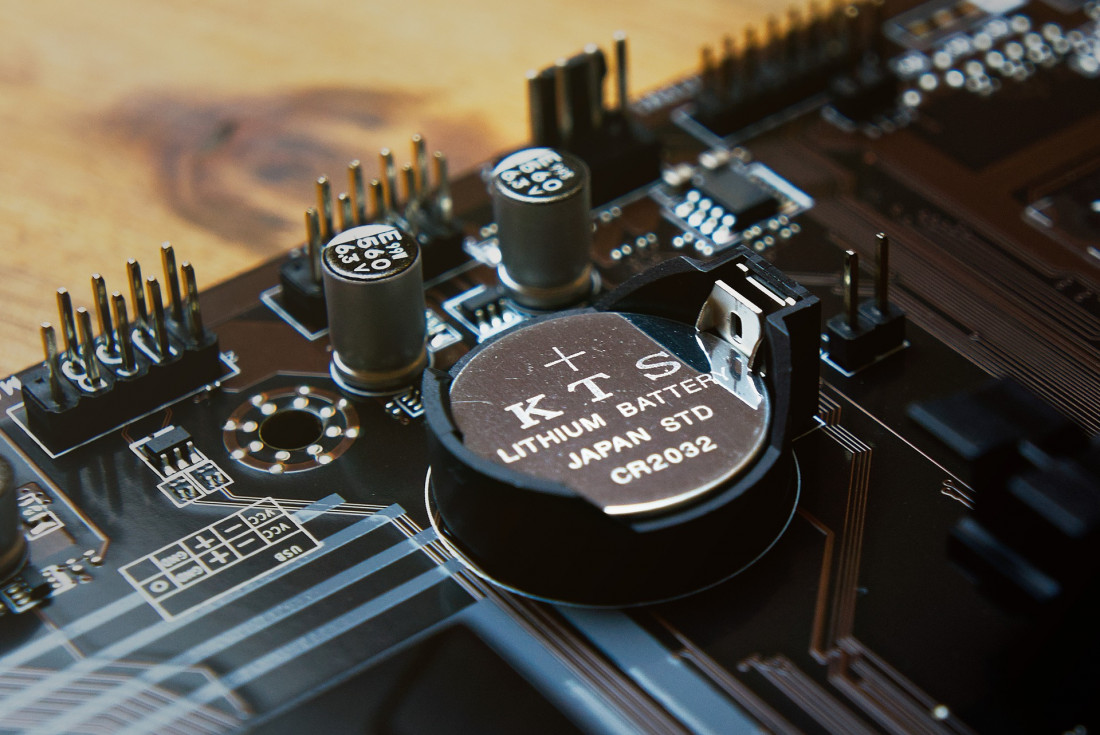The biggest prize in the battery manufactory industry will go to the company that can produce a battery that doesn’t lose its charge over time. Whoever can develop a battery that is as effective on day one as it is on day 1,000 will possibly win a Nobel Prize and definitely win a fortune.
Now the cash and prizes are very much closer, as an international team led by Texas A&M University has published a study showing that a ‘traffic jam’ of ions may be at the root of the problem.
As lead researching chemist Sarbajit Banerjee explains, “For a battery to function properly, you need to get lithium ions in, and you need to be able to pull them out. [During the study we noticed that] Once our lithium ions got in, they sort of stopped at some point along the way.”
“You can always draw an analogy between water and electrons,” Banerjee said. “They are making these little puddles, but until the puddles are connected, they can’t flow. Once you have enough electrons coming in, they can all link up and start flowing. But until that happens, they’re all stranded, and they can’t move to charge or discharge something. And so they go out and hang in different areas of the particle. They’re all sort of sitting, defining different regions, and they aren’t able to move easily.”
As the online journal Phys.org reports, “Using one of the world’s most powerful soft X-ray microscopes—the Scanning Transmission X-ray Microscope (STXM) [the team] was able to image a traffic jam of lithium ions chemically driven through the nanowire-based channels of a simulated battery.”
As the image shows, electrons that are coupled with lithium ions can no longer move freely but instead appear ‘content to sit’. This distorts the electronic structure and traps the flow of energy. Previous research had already hypothesised that this trapped flow of energy in Li-ion cathodes existed, but up until now the blockage had never been seen.
Now the results, and images above, have been published in the journal Nature, which states that, “… in individual nanowires of layered V2O5, lithiation gradients observed on Li-ion intercalation arise from electron localization and local structural polarization. Electrons localized on the V2O5 framework couple to local structural distortions, giving rise to small polarons [the combination of a charged particle (electron) and an associated structural distortion] that serves as a bottleneck for further Li-ion insertion.”
By understanding this, the team has shown the cause of a battery’s short lifespan, and explain that if more electron-carrying lithium is to enter, then the lithium ions that are present need to diffuse. It also explains that there is the added problem that each small polaron has to carry along the structural distortion, something that will further slow down the flow of energy.
David Prendergast from the Lawrence Berkeley National Laboratory, who was also part of the discovery team, clarified this point with an analogy, saying, “Imagine wanting to move a house to a different site. A wooden house can be transported in one piece, but a brick or stone house might have to be dismantled or demolished first.”
Whilst this research is has yet to solve this house moving challenge, the study is clear evidence of where future investment needs to be made if battery lifespans are to be increased. As Banerjee notes, “There are two ways to solve the problem of moving electrons through cathode material better; one, you can make the stuff smaller or design architectures. Two, you can come up with entirely new materials, which is what we’re trying to do. Basically, you prevent the electron from getting stranded because you design the material in such a way that it doesn’t have orbitals where they would get stranded. You force them to always be de-localized. We have several materials in mind and are trying to get that research published.”
If these new materials are proven successful then the days of short battery life may be gone forever. This will not only have an impact on the small electronic devices around us, but may allow us to rethink how we use electricity everywhere; from power stations and satellites, to electric cars and the national grid. Then the question becomes not just why do batteries lose their charge so quickly, but why does anything electronic use the power it does?
As Banerjee states, “We’re trying to develop new materials to make better circuits that are less energy guzzling. This work hones in on the problem, and it’s a really good measurement.” Following this, we can ask ourselves, as Banerjee himself asks, “Why do devices like cell phones and computers use up so much energy?”

